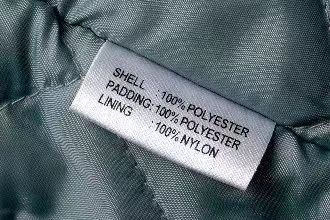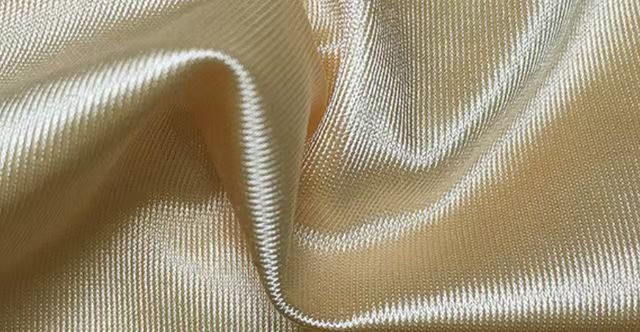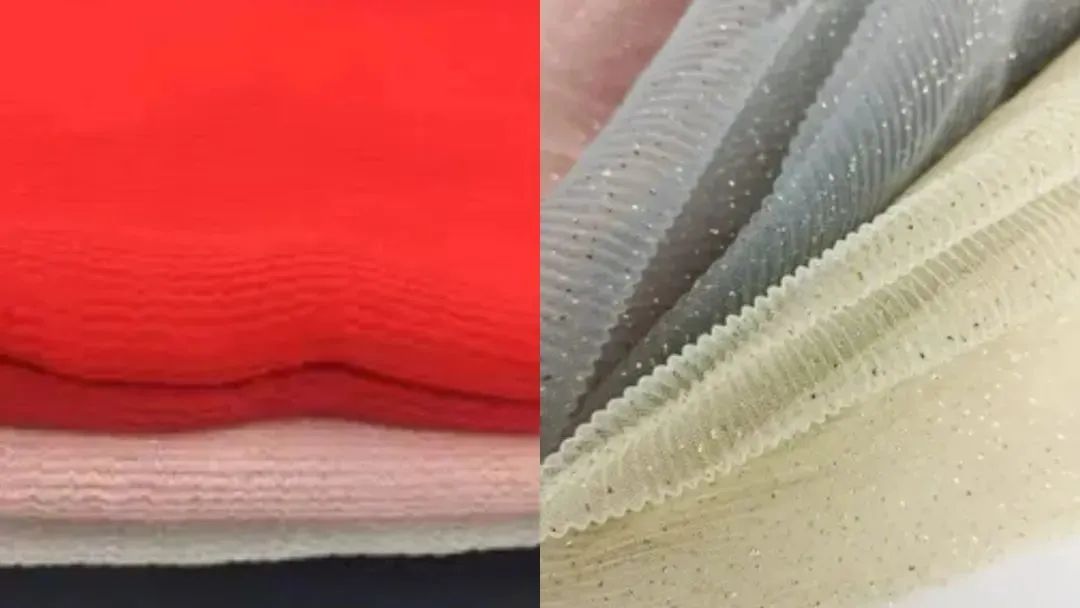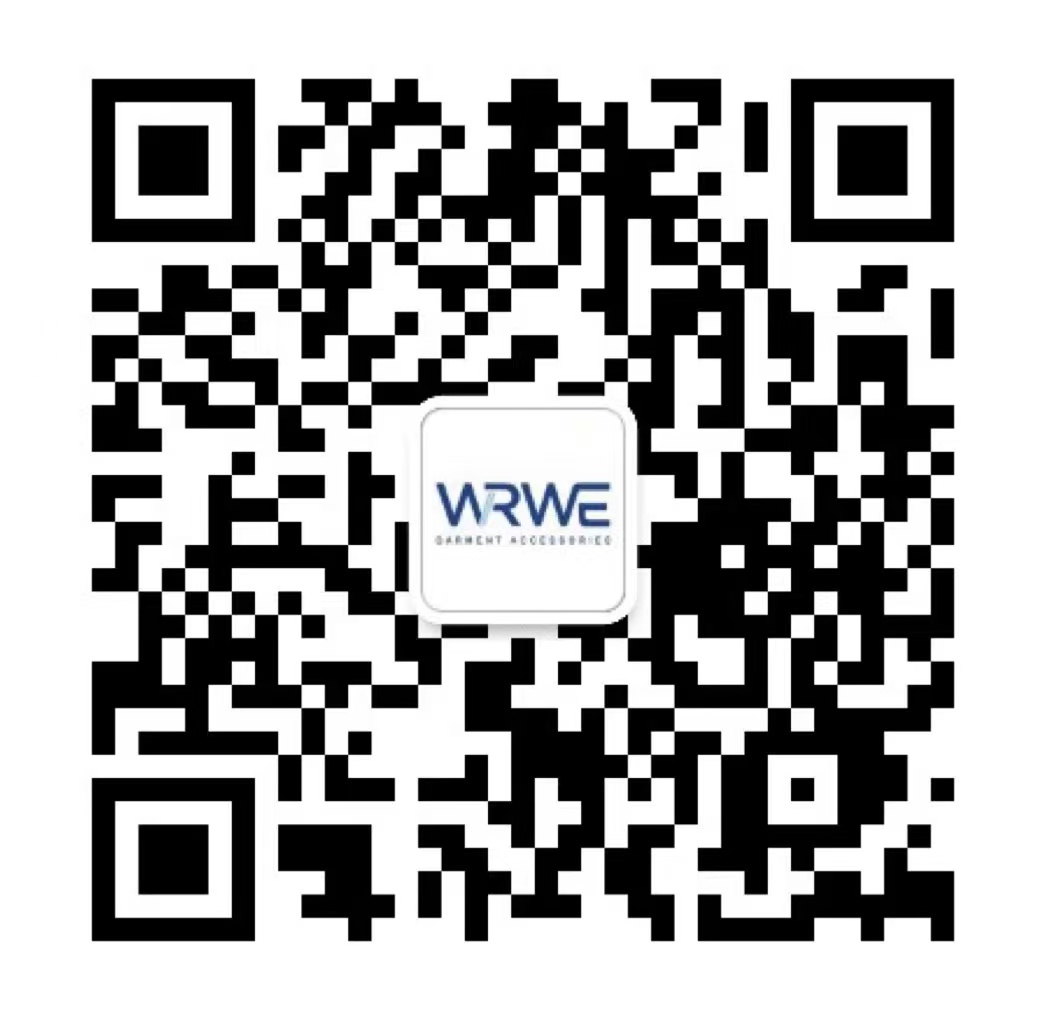When we were wearing clothes, we saw nylon on the label. Nylon, also known as polyamide fiber, is a general term for polymers with polar amide groups (- CO-NH -) in the main chain. Polyamide can be obtained by ring opening polymerization of internal acid amines, or by condensation polymerization of diamines and dicarboxylic acids.
Jinzhou Chemical Fiber Factory is the first factory in China to synthesize this type of fiber, so it is named “Nylon”. It is also a general term for polyamide fibers produced in China.

1.Advantages and disadvantages of nylon
Advantages: Nylon has high strength, wear resistance, and good resilience, and can be used for various clothing materials and knitwear by pure spinning and blending. The main varieties include nylon 6 and nylon 66.
The long filament of nylon can be made into elastic silk, while the short filament can be blended with cotton and acrylic, and can be used as pure or blended for various clothing materials and knitwear. Nylon fabrics have good hand feel, low density, and good warmth retention. During processing, they can change the elasticity of the fibers, resist pilling, have low friction coefficient, and are easy to process.
Disadvantages: Its disadvantages are also very obvious, such as poor moisture absorption and dyeing properties. However, nylon has better moisture absorption and dyeing properties than polyester, and poor heat and light resistance. When exposed to sunlight, its fiber strength will decrease. So when cleaning such clothing, the water temperature should not exceed 45 ℃; Can be twisted gently, avoid exposure to sunlight and drying. When ironing clothes, the ironing temperature should be controlled below 140 ℃.
2.The spinning process of nylon
The spinning process of nylon mainly uses the melt spinning method. The spinning process of nylon filament is to heat the dried low viscosity nylon chips to around 30-50 ℃ above their melting point, change from solid to molten state, and then undergo high-pressure spinning to produce filaments; After being cooled and solidified, the filament undergoes cold drawing and heat setting, ultimately becoming nylon filament.

3.The Characteristics and Applications of Nylon Fabric
Various fabrics woven from nylon silk mainly include nylon taffeta, nylon crepe, etc. They are woven from nylon filament, with advantages such as a smooth hand feel, firmness, and durability.
Taslon is a type of nylon fabric, and Taslan is a fabric woven from nylon filament and nylon air textured silk. Including jacquard tasselong, honeycomb tasselong, fully matte tasselong, etc.
Usage: High end clothing fabrics, ready to wear fabrics, golf clothing fabrics, high-end down jacket fabrics, high waterproof and breathable fabrics, multi-layer composite fabrics, functional fabrics, etc.
Brocade crepe is woven from pure nylon filament and is a variety of wrinkled fabrics made from nylon silk, including twisted, elastic, pressed, and textured fabrics. This fabric is not very smooth, and the patterns and patterns are a bit dark.
The fabric is harder than ordinary silk, making it comfortable to wear, cool, and very high-end. It should be noted that when washing, the silk wrinkles should not be lightly washed on the opposite side or wrung dry. Instead, they should be directly taken out of the water to control the water and hung on the opposite side for shade drying.
Usage: Nylon crepe is suitable for making summer dresses and spring/autumn dual-use shirts.

Nylon can also be blended with other fibers, and blended fabrics are fabrics made by blending nylon short fibers with other fibers. These fabrics formed by various fibers combine the characteristics of each fiber, complementing each other’s strengths and weaknesses, making the fabric more practical.
Ru Jian/Jin Hua Da is a fabric made by blending 15% nylon and 85% viscose to form a yarn, which has the characteristics of thick texture, toughness, and durability.
Usage: Nylon short fiber yarn fabric can also be used to make clothing, with good moisture absorption, excellent wear resistance, and high wearing comfort. It is favored by many leisure clothing, and can be used as casual pants, shirts, etc.


